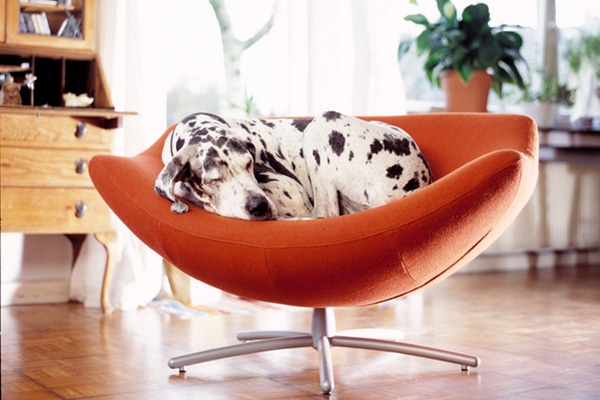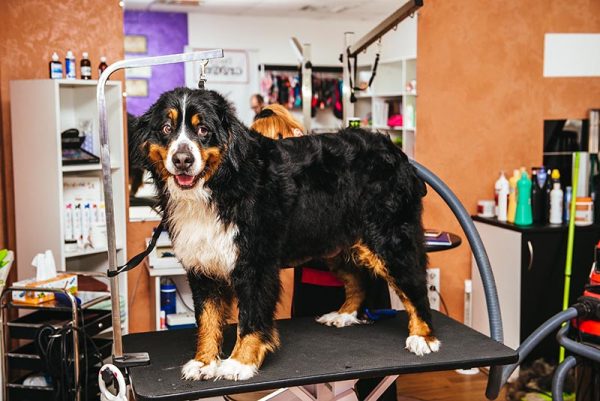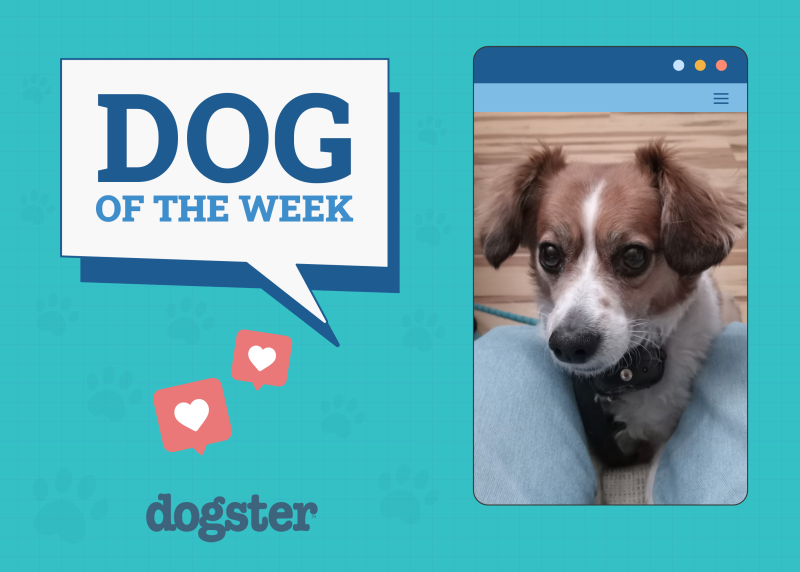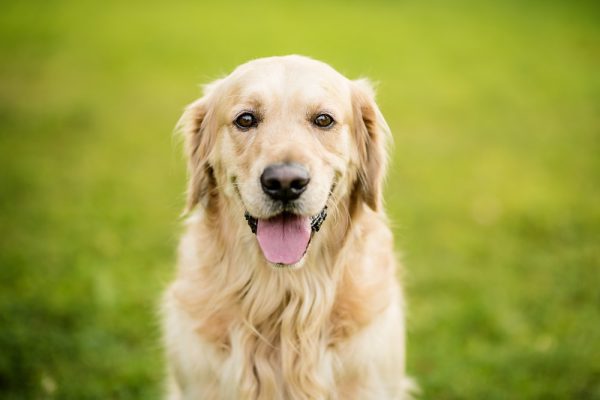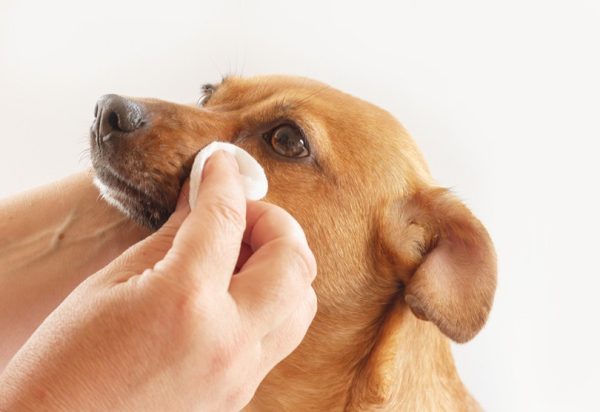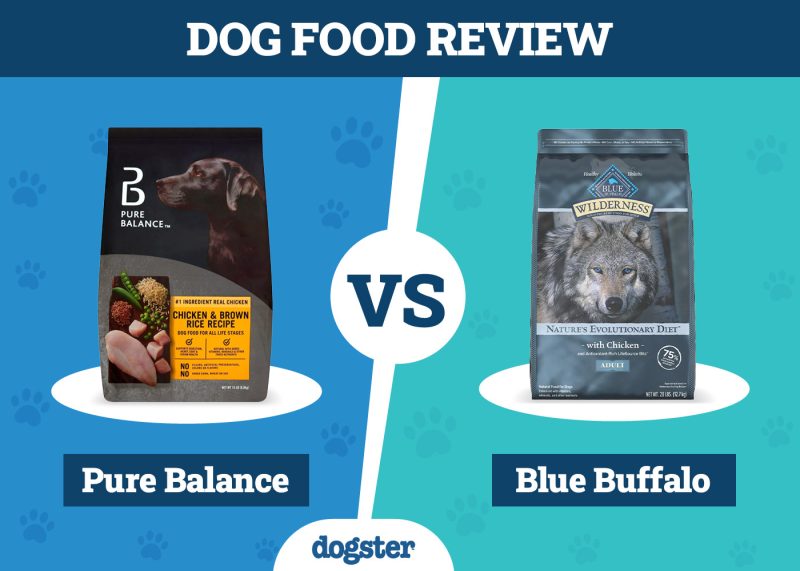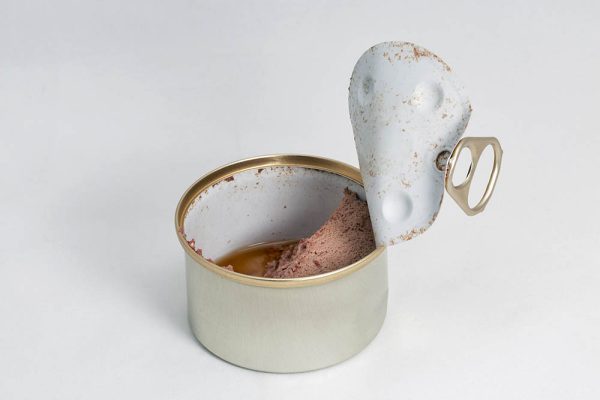If you live in an apartment, this shouldn’t be a barrier to you adopting the perfect canine companion. Though some think dogs shouldn’t live in small homes, many little and even big dogs adapt very well to apartment living and enjoy a great quality of life. What matters most is that the dog is exercised enough according to their energy levels and gets plenty of love and attention.
In this guide, we’ll introduce you to 15 potential apartment dog breeds, but don’t feel restricted to purebreds. Mixed-breed dogs also make fantastic apartment companions.

How Are Apartment Dogs Classified?
There’s no official classification for “apartment” dogs. Many kinds of dogs—from the tiniest to the tallest—can live happily in apartments as long as their needs are met.
Dogs with low to moderate energy levels like Bichon Frises adapt more easily to apartment life, but high-energy dogs like Australian Shepherds can, too, with proper training, socialization, and plenty of daily exercise.
The 15 Apartment Dog Breeds & Types
1. Bichon Frise
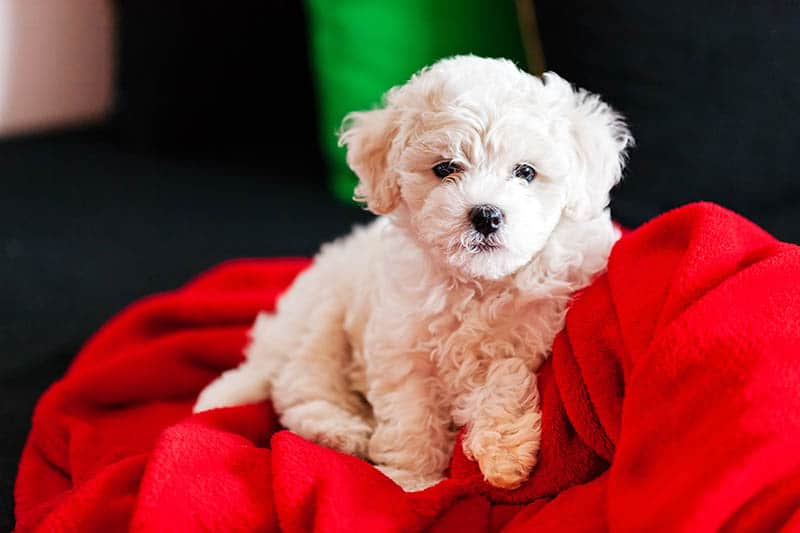
| Origin: | Tenerife |
| Lifespan: | 15–15 years |
| Height: | 5–11.5 inches |
The puffy-headed Bichon Frise’s ancestors are said to have roamed Tenerife, the most populated Canary Island. They made their way to Europe in or before the 13th century, where they became very popular with the nobles.
The Bichon’s popularity decreased during the French Revolution since they were often owned by aristocrats who ended up on the guillotine, but street performers helped repair the breed’s image.
Bichon Frises and Bichon Frise mixes often make great apartment dogs due to their adaptability, family-orientedness, and trainability.
2. Greyhound
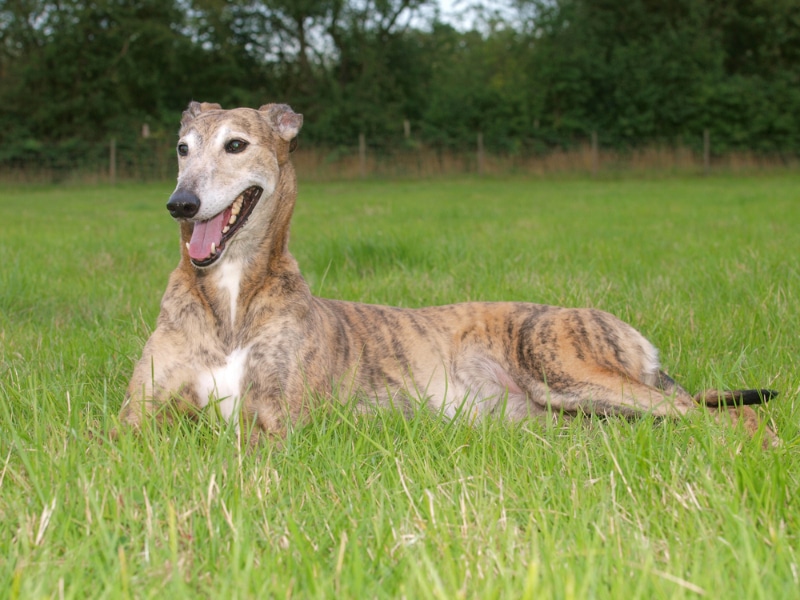
| Origin: | Middle East |
| Lifespan: | 10–13 years |
| Height: | 27–30 inches |
Greyhounds date back thousands of years to ancient Egypt where they were developed as desert hunters for pharaohs. They were the perfect pharaoh dogs thanks to their grace and elegance, and their revered status meant that only royalty could own Greyhounds.
Though it may surprise you to learn that these lightning-fast dogs are on this list, as long as they have an opportunity to run every day in a secure area, there’s no reason a gentle-natured Greyhound wouldn’t make a suitable apartment dweller.
3. French Bulldog
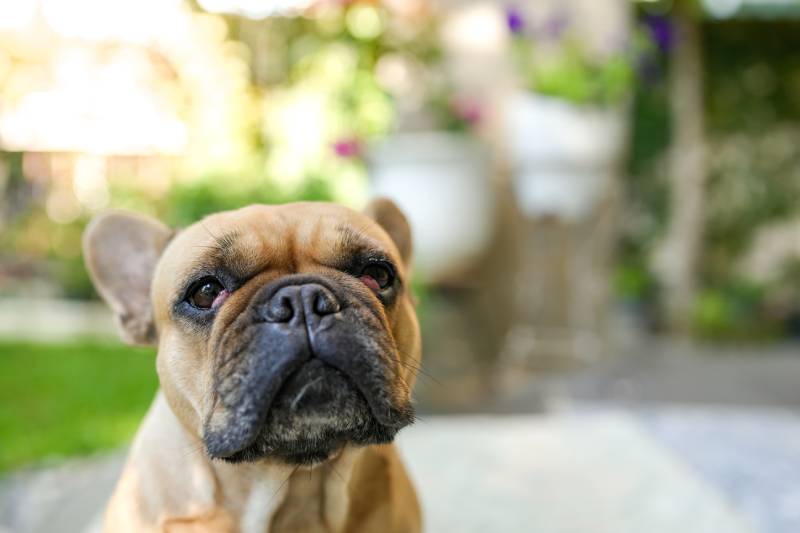
| Origin: | France |
| Lifespan: | 10–12 years |
| Height: | 11–13 inches |
French Bulldogs’ ancestors were bred in the United Kingdom, but they quickly became popular in France when British lace workers moved over there to find work with their companion dogs. France is where the Frenchie was developed into the dog we know today.
Frenchies are truly wonderful companions, but it’s important to note that they are brachycephalic and experience breathing issues due to their short snouts. Some vets argue against purchasing Frenchies and other brachycephalic breeds altogether. Adopting a rescue Frenchie or mix is an alternative to consider.
4. Cavalier King Charles Spaniel

| Origin: | UK |
| Lifespan: | 12–15 years |
| Height: | 12–13 inches |
Toy spaniels were the canine companions of choice for King Charles I—who was eventually beheaded on charges of treason—and his son, King Charles II. These toy spaniels were later developed to be flatter-faced than their predecessors by Queen Victoria, but early 19th century fanciers opted to revive the original features. The result was the dog we now know as Cavalier King Charles Spaniel.
Today, the King Charles Spaniel is known for being a gentle, quiet companion. That said, like Frenchies, these dogs are prone to breathing issues due to their short muzzles.
5. Havanese

| Origin: | Cuba |
| Lifespan: | 14–16 years |
| Height: | 5–11.5 inches |
The Havanese is likely related to the Maltese and Bichon Frise, but this good-humored little fellow originated in Cuba where they were historically favored by the wealthy and aristocratic. It’s thought that the Havanese’s ancestors may have arrived by sea with the Spaniards during the 17th century.
Today, the Havanese and Havanese mixes are incredibly popular for their small size, cute features, trainability, and devotion to their human companions. These dogs are also known for never failing to amuse!
6. Shih Tzu

| Origin: | Tibet |
| Lifespan: | 10–18 years |
| Height: | 9–10.5 |
Shih Tzus are considered an ancient dog breed—they go back more than 1,000 years. Their ancestors hailed from Tibet and later arrived in China, possibly as royal gifts. Here, they were developed by crossing the Tibetan dogs with Pekingese dogs or Pugs.
In China, the Shih Tzu was a much-loved lap warmer and all-around companion dog, a role they still happily perform today. The Shih Tzu’s friendliness, devotion, and adaptability are some of the qualities that make them sought-after apartment dogs.
7. Yorkshire Terrier
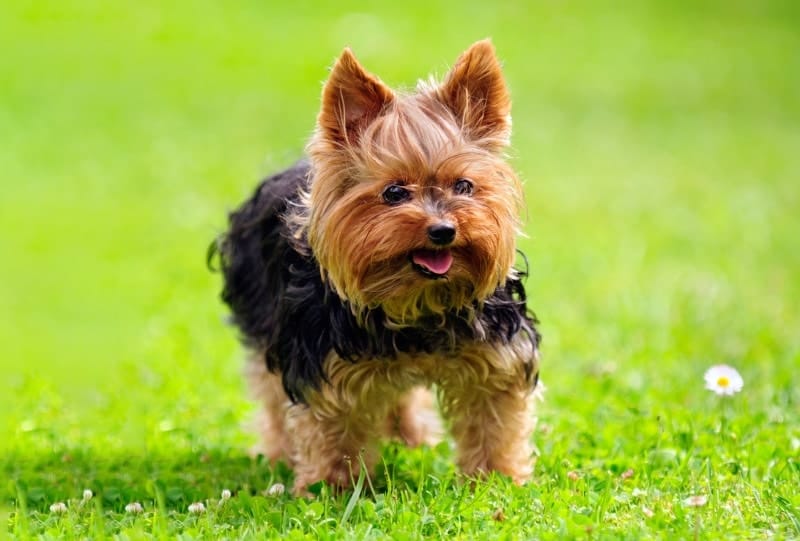
| Origin: | UK |
| Lifespan: | 11–15 years |
| Height: | 7–8 inches |
The Yorkshire Terrier breed dates back to mid-19th century Yorkshire and Lancashire but descends from terrier-type dogs from Scotland, some of which are extinct today. They were developed by weavers as rodent hunters for textile mills.
The Yorkshire Terrier’s petiteness and innocent face can trick you into believing these dogs are angelic, but “feisty” is a better word to describe these little firecrackers. Affectionate but whipsmart and energetic, the Yorkie makes for a loving and entertaining companion in both small and large homes.
8. Barbet
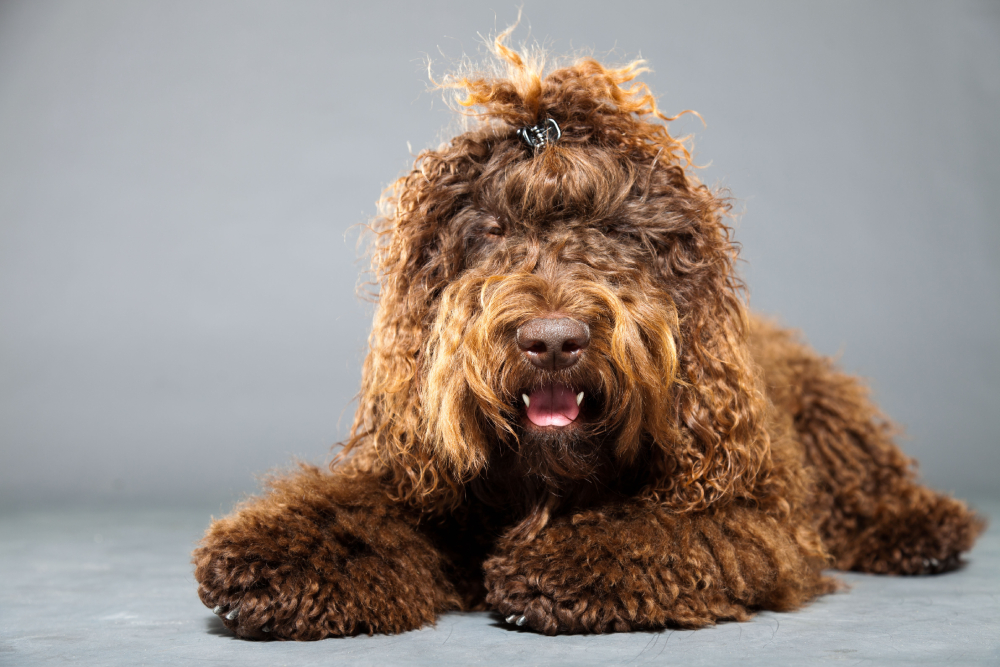
| Origin: | France |
| Lifespan: | 12–14 years |
| Height: | 19–24.5 inches |
Though only recognized as a breed by the American Kennel Club in 2020, the Barbet’s image can be seen in artwork dating back to the 1500s. Historically, they worked as water and gun dogs and were valued for their versatility, intelligence, and all-around good temperaments.
The shaggy Barbet fits nicely into the “medium-sized dog” category, and they (and Barbet mixes) can adapt to any size of home as long as they can exercise every day. These dogs make very amiable and even-tempered companions when properly socialized.
9. Basset Hound
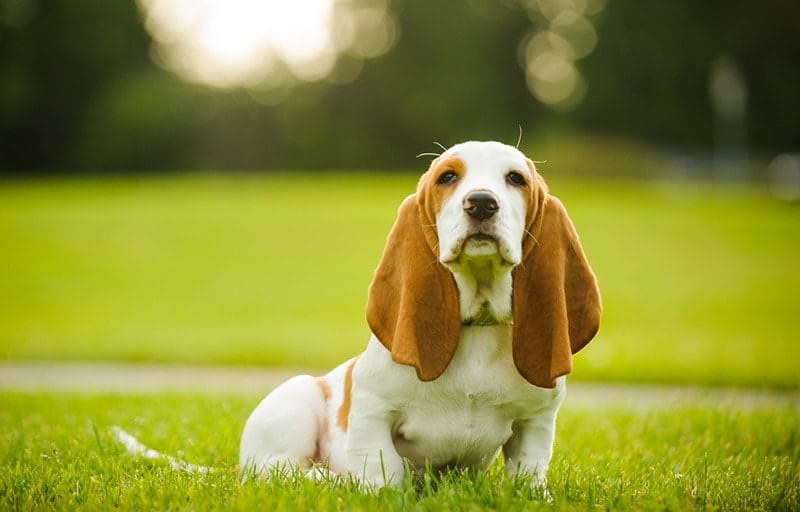
| Origin: | France |
| Lifespan: | 12–13 years |
| Height: | Up to 15 inches |
When it comes to dog breeds, there are few more iconic than the Basset Hound. A native of France and Belgium, the Basset Hound was originally bred—possibly by the Abbey of St. Hubert friars—for scent work, which explains why these dogs have such keen noses (second only to Bloodhounds). The breed’s name comes from the French word for “low” (“basset”).
As companions in the home, well-socialized Basset Hounds are known for being pretty chill. They generally have low to moderate energy levels, a sweet temperament, and a soft spot for children as long as those children are gentle and respectful.
10. Border Terrier

| Origin: | Scotland & England |
| Lifespan: | 12–15 years |
| Height: | 12–15 inches |
Border Terriers had their beginnings around the border between England and Scotland where they were bred to guard sheep from foxes. They share many of the same qualities as other terrier breeds and mixes, including bags of energy, a strong work ethic, agility, and a no-nonsense but cheerful disposition.
The Border Terrier at home is said to be much more laid-back than the Border Terrier at work or engaged in exercise or play. They’re explorers and love to exercise outdoors to shed all that energy, but in the house, they’re often well-mannered and affectionate.
11. Bulldog

| Origin: | UK |
| Lifespan: | 8–10 years |
| Height: | 14–15 inches |
The Bulldog is a very old breed that may have been around as early as the 13th century. For centuries, they were used in bullbaiting, but fortunately the so-called “sport” was finally banned in 1835. Despite their history and tough looks, today’s Bulldogs are meltingly sweet and devoted to their families.
Like the Frenchie and King Charles Spaniel, Bulldogs are brachycephalic and prone to overheating. Again, we’d urge you to look into giving a rescue Bulldog or Bulldog mix a second chance at a happy life rather than going to a breeder.
12. Keeshond
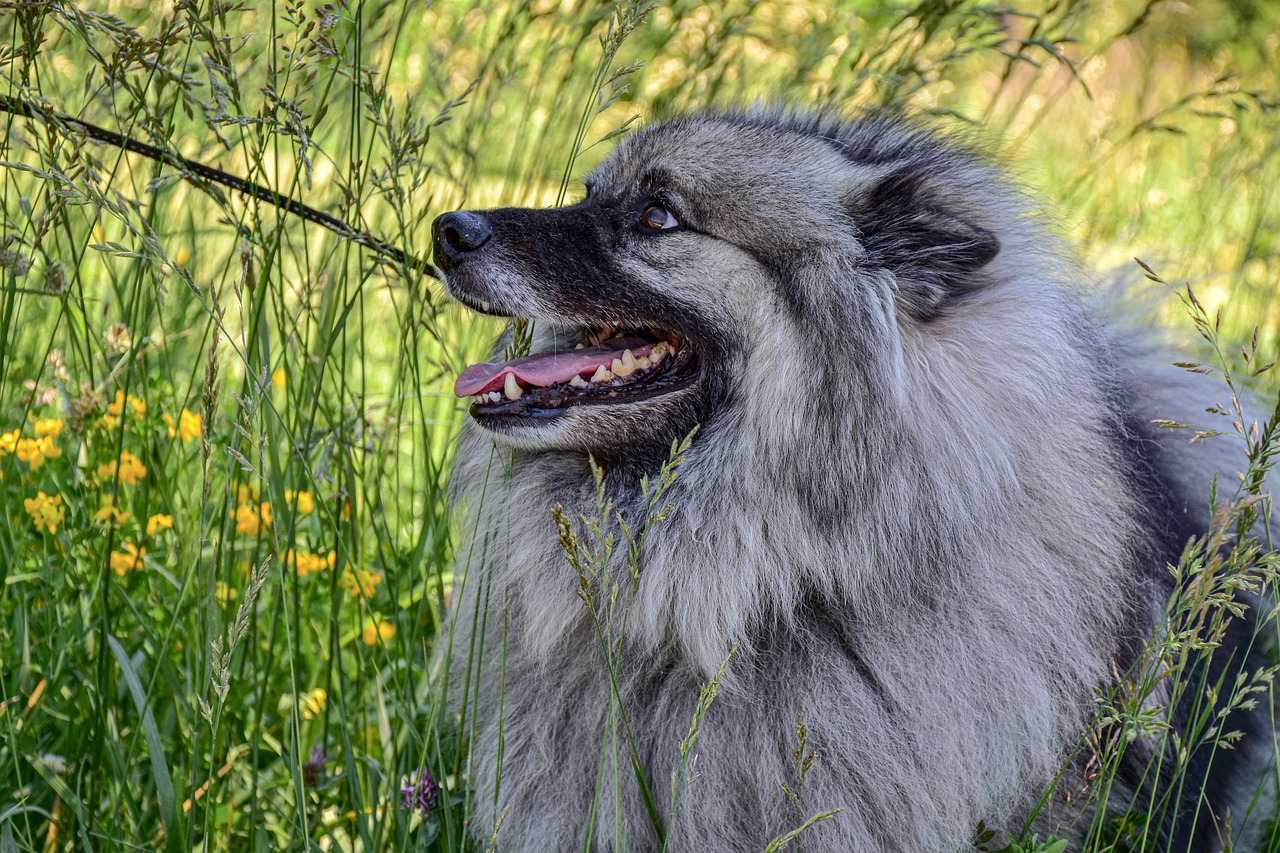
| Origin: | Netherlands |
| Lifespan: | 12–15 years |
| Height: | 17–18 inches |
The Keeshond originated in the Netherlands—a country that remains incredibly proud of this copiously-coated dog—and descends from ancient spitz-type dogs. They were once employed as guardian dogs on barges, and have always been renowned for their companionability and charm.
In addition to being stunningly beautiful, the Keeshond—when trained and socialized adequately—is the ultimate family dog that gets along well with adults, children, and other dogs. Keeshonds are also highly trainable and intelligent, so they need lots of mental stimulation as well as regular physical exercise.
13. Bedlington Terrier

| Origin: | UK |
| Lifespan: | 11–16 years |
| Height: | 15–23 pounds |
Another incredibly distinctive breed, the Bedlington Terrier hails from the North of England where they were bred in the 1800s. This courageous canine performed some terribly dangerous jobs, including ratting in coal mines. Unfortunately, they were also used in blood sports.
Despite their tenacity and hardiness, Bedlington Terriers have a reputation for being absolute sweethearts. They often love to be close to their humans and never fail to sound the alert if they find something or someone suspicious.
14. Chihuahua

| Origin: | Mexico |
| Lifespan: | 14–16 years |
| Height: | 5–8 inches |
If you’re looking for a teeny tiny but vivacious apartment companion, a Chihuahua or Chihuahua mix could be the dog for you. Chihuahuas are the pride of Mexico, serving as a national symbol of the country. Their heritage dates all the way back to the pre-Columbian era, and their bigger ancestors were developed into smaller dogs by the Aztecs in the 12th century.
Today’s Chihuahuas are popular companions, especially for those in cities. Inside their tiny bodies is a dog that is bold, sassy, and devastatingly charming. However, they may be better suited to homes without small children due to their fragility.
Chihuahuas are sometimes said to get snappy or snarly with kids who are too rough with them, but the same could be said for any dog that feels threatened.
15. Great Dane
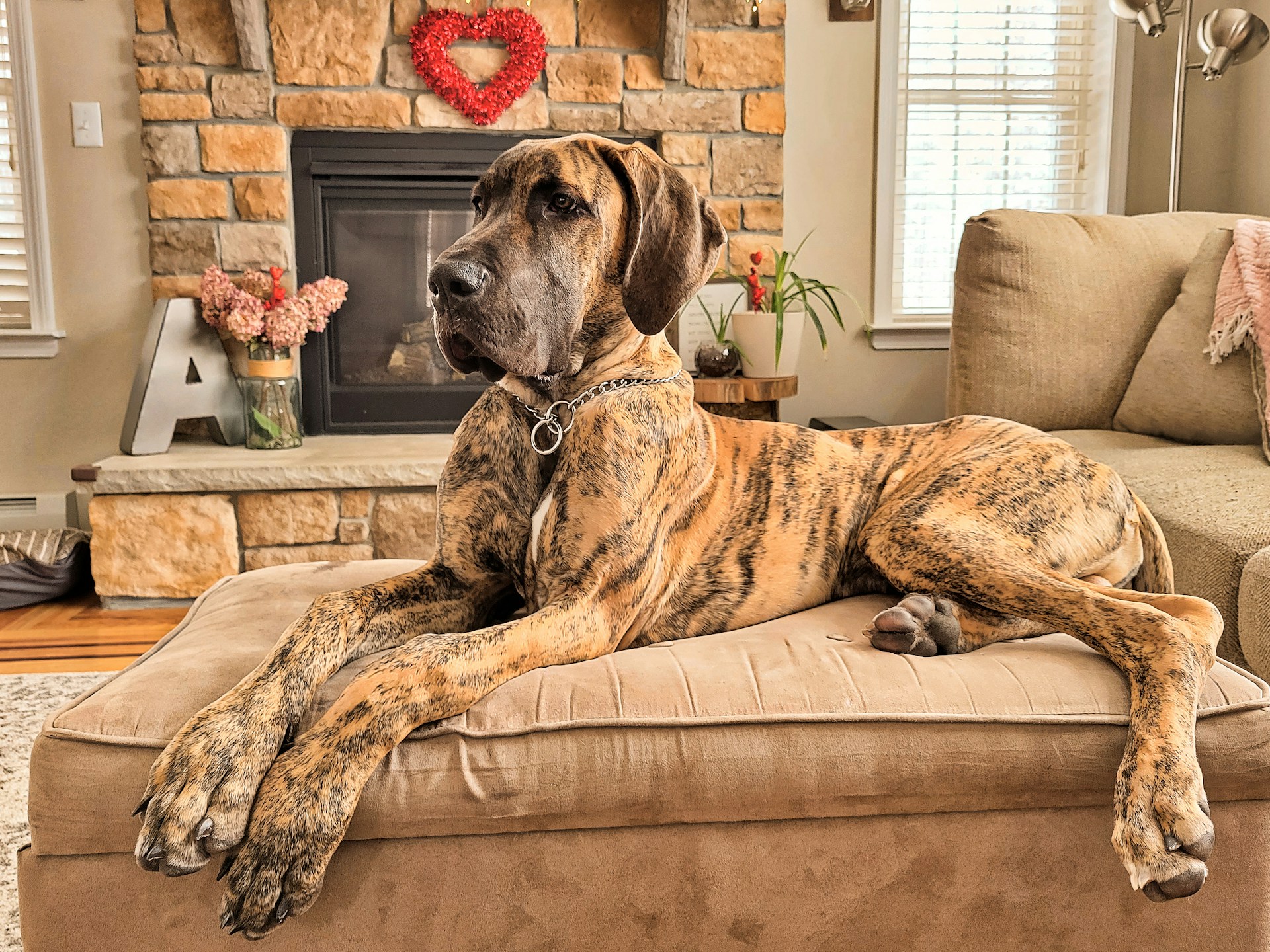
| Origin: | Germany |
| Lifespan: | 7–10 years |
| Height: | 28–32 inches |
Bet you didn’t expect to see a Great Dane on this list, but you read that right! This gentle giant was bred and refined in Germany, despite what the breed’s name suggests. Originally, their main job was to hunt boars with the nobles, but they went on to become popular home guardians.
Great Danes may appear imposing with their towering heights and serious expressions, but they’re generally friendly, patient, and quiet dogs that form deep bonds with their human parents.
Of course, they need daily exercise (avoid exercising puppies too strenuously as their growing joints can be damaged) but as long as this requirement is fulfilled, Great Danes can live happily in apartments.

Conclusion
While dogs of all sizes can adapt to apartment life, it’s essential that they have an outlet for their (varying levels of) energy and receive enough physical exercise and mental stimulation to be happy. If you can’t provide this—no matter whether your home is tiny or huge—a dog may not be the best companion for you.
Featured Image Credit: berndstuhlmann/Thinkstock
